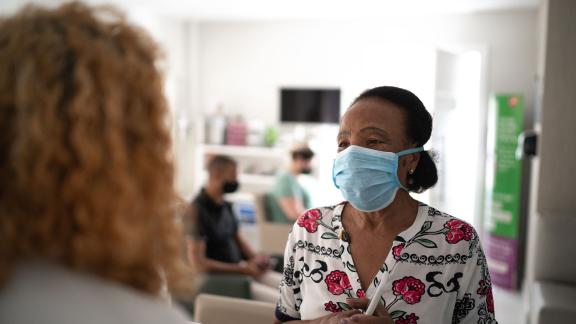An empowered, sustainable primary care system

South and West PCN
South and West PCN needed to recruit someone to oversee the ARRS roles and case load management to a high level. Meanwhile, the local secondary care trust was also looking for a senior leader after unsuccessfully going out to advert several times. There were clear synergies between the recruitment needs of local primary and secondary care, which presented the opportunity to work together as partners to invest in increased capacity across the entire system. The PCN engaged with the trust to introduce a new integrated team lead post that would support both partners. In addition to core management functions, this role was seen as an opportunity to work towards the integration recommendations of the Fuller stocktake and create a sustainable collaboration between two system partners.
Key to the introduction of the new role was a shared commitment to providing the patients with the best, most appropriate level of care, regardless of whether that occurred in a primary or secondary setting. This fundamentally allowed for a system-wide shift towards an integrated model where individual organisations felt empowered. As part of this shift, the PCN worked hard to commit to integration, involving secondary care in the PCN board meetings to have sight of the issues that both areas were grappling with, and building positive personal relationships that underpinned the professional alignment. These positive relationships created a solid foundation of trust and collaboration between colleagues in secondary and primary care, which is essential to the sustainability of the new integrated lead role and the empowerment of both partners to influence the future of the team.
The collaboration between secondary and primary care was furthered by housing the new integrated team lead in the hospital. Hosting the integrated role within secondary care relieved some pressure from the PCN, which was facing the challenge of hosting an increasing ARRS roster in estates that were becoming overstretched.
Introducing an integrated role that managed a team spread between primary and secondary care provided governance challenges. Having the right contracts in place was essential to ensuring the team lead could successfully and equitably manage the demands of primary and secondary partners. The integrated team lead was employed directly by the trust, which led the recruitment and onboarding process, and a service level agreement with primary care was put in place that committed to the management of ARRS staff in general practice. The shared working arrangements ensured that the role was suitable for one individual, and reduced the risk of overburdening the postholder with demands from two sets of management. To further support integrated working, the team built on a history of shared working and increasing integrated digital solutions to give the integrated team lead access to all relevant management systems across both partners.
The outcomes of this integrated role included improved patient access to services, increased learning and development opportunities in post, and better levels of integrated working, developing principles that were already in place. Moreover, bringing primary and secondary care together positively impacted wellbeing within the workforce and reduced levels of professional isolation.
The level of integration that facilitated this shared role has subsequently expanded to include the third sector and social care. This empowers the whole system by relying on the broadest possible range of local assets, allowing people to access a range of services including clinical, mental health, social, and financial support to re-integrate them back into their communities.



